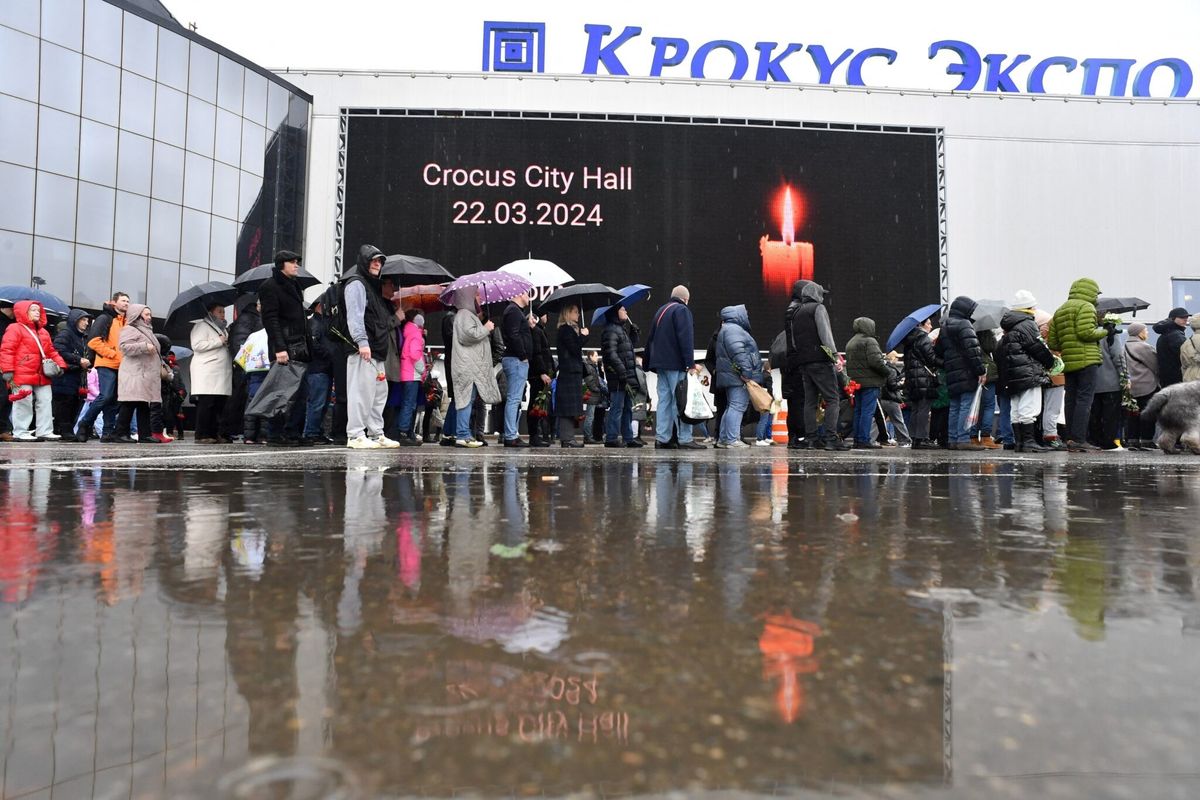Terrorists used a car to mow down pedestrians on Thursday in Barcelona’s Las Ramblas district, killing over a dozen people and leaving many more injured in a violent attack claimed by ISIS.
The deadly incident in Spain marks the latest example of terrorists driving vehicles into a crowd to attack, a low-tech and low-cost tactic that can lead to a significant number of casualties, and it will be followed by intense intelligence sharing throughout Europe and the United States, experts said.
“The attack mirrors similar vehicle attacks in the last year in Nice, London, and Berlin; there is a big copycat factor at work here. Terrorists tend to do what’s easy, what works, and what eludes detection. Vehicle attacks fill the bill,” former Acting CIA Director John McLaughlin said.
Senior regional police official Josep Lluis Trapero said given the vehicle’s path, swerving among pedestrians, it was “clearly a terror attack intended to kill as many people as possible,” the Associated Press reported. Authorities say four individuals have been arrested in connection with the terror attack, but that none were the driver of the van, who remains at large. On Friday, Spanish police identified the man suspected of being the driver of the van as 18-year old Moussa Oukabir. It is still unclear how many attackers were involved.
El Periodico reported Friday the CIA warned local police in Barcelona two months ago that the Las Ramblas area could be targeted for a terrorist attack.
Police also said that Thursday’s terrorist attack was connected to a gas explosion Wednesday in the town of Alcanar, Spain that left one dead. Investigators are looking into whether the plotters wanted to detonate a car bomb in Barcelona, according to the Wall Street Journal, and police suspect the Alcanar explosion may have stemmed from the suspects putting together explosives that accidentally detonated.
Police have said investigators are working on the presumption that three incidents – the attack on Las Ramblas, an attack early Friday in Cambrils, a town south of Barcelona where five suspects were shot dead, and the Wednesday explosion - are all connected.
ISIS claimed responsibility for the Barcelona attack on its Amaq news agency, writing that "the perpetrators of the Barcelona attack are soldiers of the Islamic State and carried out the operation in response to calls for targeting coalition states.”
ISIS “doesn't necessarily have a weapon of choice,” Emile Nakhleh, a former CIA Senior Intelligence Service Officer, pointed out. “They have encouraged their followers in recent years to use whatever weapon they have at their disposal, from knives, to weapons, to explosives, and of course, to moving vehicles,” he said.
McLaughlin, a Cipher Brief expert, noted that Spain is a “favored target” of ISIS and al Qaeda. “With a large urban population and a network of small villages, terrorists have found Spain a good place to hide and plot — despite the long experience of Spanish authorities in dealing with Basque terrorist groups and others. Recall that the 9/11 hijackers had a logistics support network in Spain,” he said.
Thursday’s attack was the deadliest in Spain since 2004, when al Qaeda-inspired attackers placed coordinated bombs on commuter trains in Madrid that killed 192 people and injured about 2,000.
As authorities piece through the evidence, Nakhleh said Spanish officials will be looking first and foremost to establish the perpetrators’ accomplices and whether such accomplices were part of a cell. Spanish counterterrorism authorities will then dig into the selection of the target, a popular and crowded pedestrian area, and the backgrounds of the terrorists.
Intelligence sharing among partners will be critical. Nakhleh said that although it is difficult to make any sweeping judgments about intelligence sharing in Europe, in recent years “collaboration has become more pervasive and systematic.”
“Stove piping and turf have driven a certain sense of hesitancy to collaborate in the past, but the situation has changed dramatically for the better, especially in the past two years. In all candor, some services are better trained and more professional than others — which makes the level of collaboration somewhat erratic,” he said.
Spain has a close intelligence relationship with both the United States and with its European partners, according to McLaughlin. Europe is still hampered by two significant issues, however, with intelligence services that do not have a centralized way to share information and with the returning foreign fighter problem, he said.
“An additional problem for Spain is its proximity to North Africa, where ISIS has numerous strongholds and large stretches of ungoverned territory to exploit,” he said.
This incident is just the latest example of a vehicle-ramming terrorist attack, following Charlottesville, Virginia, London, Nice, Berlin and Stockholm, among others. There are a number of ways to try to counter vehicles being used as weapons, RAND Corporation counterterrorism expert Colin Clarke told The Cipher Brief earlier this summer.
"One way is for authorities to identify all access routes and to place formidable obstacles in those paths, for example, erecting concrete or steel jersey barriers and stanchions as well as employing oversize vehicles like buses and sanitation trucks as blockades," he said. "This is of course for major events, parades, festivals, etc."
As officials try to devise ways to prevent these crude, but deadly, attacks, they should think in four major terms, Clarke said: density, or how tightly packed potential victims are; confinement, or how hemmed in they could be; access, or how approachable the target population is; and mass, or how big the vehicle is.
Retired NYPD officer Joe Giacalone, a criminology professor at John Jay College of Criminal Justice, noted that the use of vehicles as weapons is nothing new and “it is a low risk, low cost, high impact type of attack.”
“It is difficult for law enforcement to cover every soft target, but if I was working on it, I'd be securing pedestrian walkways to our bridges —especially the Brooklyn Bridge and our main tourist traps,” he said. “Without putting up barricades along every street, you can't stop this. Hope is never a plan for law enforcement.”
Secretary of State Rex Tillerson said in a statement that the U.S. stands “ready to assist law enforcement and national security authorities in Spain.”
“Our consulates in Barcelona and our entire mission Spain team are currently assisting Americans in Spain who are affected by these events. We ask U.S. citizens in the area to let your loved ones know you are safe. Terrorists around the world should know the United States and our allies are resolved to find you and to bring you to justice,” he said.
President Donald Trump, meanwhile, wrote on Twitter, “The United States condemns the terror attack in Barcelona, Spain, and will do whatever is necessary to help. Be tough & strong, we love you!”
Mackenzie Weinger is a national security reporter at The Cipher Brief. Follow her on Twitter @mweinger.
Wilson Dizard contributed to this report.












